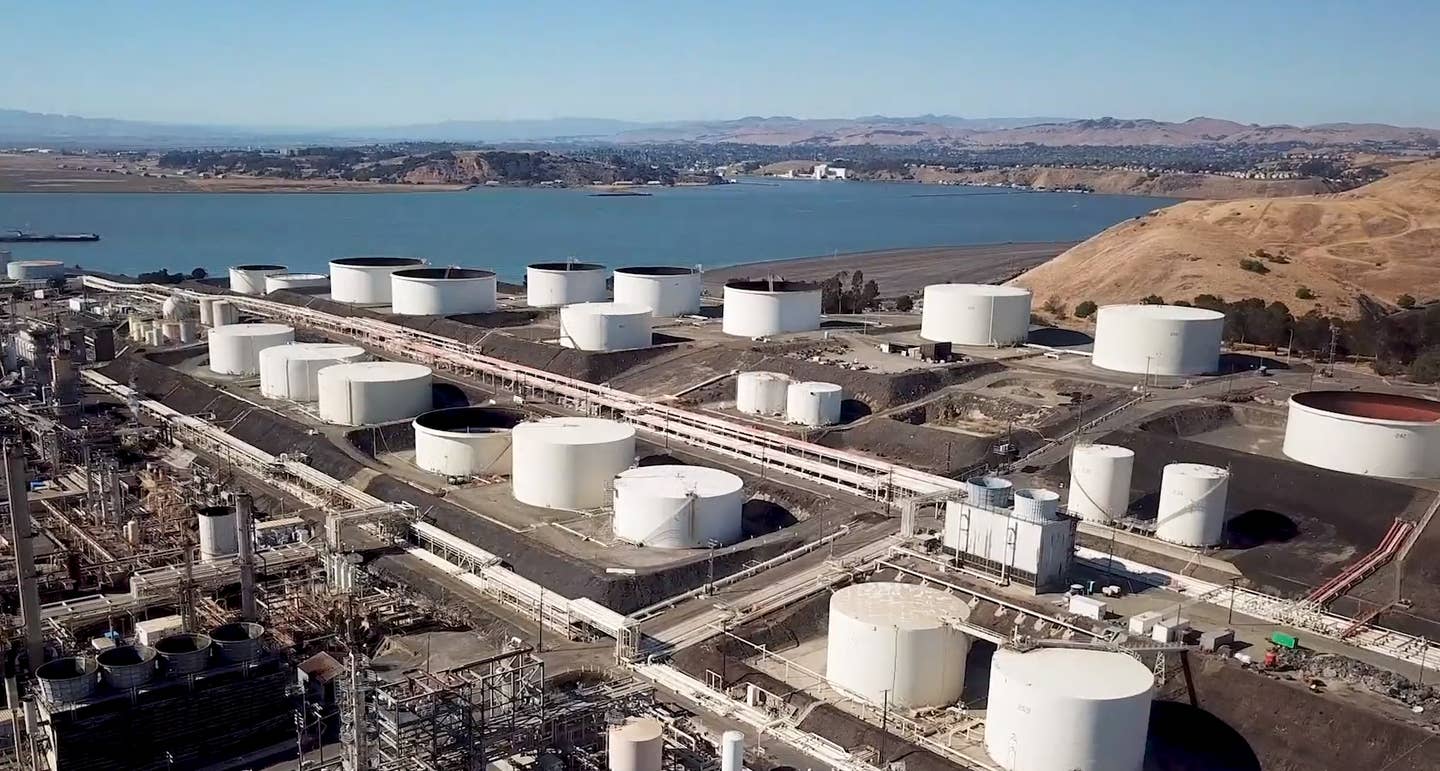Phillips 66 To Convert Plant For Sustainable Fuel Production
Phillips 66 announced on Wednesday that it plans to reconfigure its San Francisco Refinery in Rodeo, California, to produce sustainable diesel, gasoline and jet fuels. The conversion would move the…

Image: Phillips 66
Phillips 66 announced on Wednesday that it plans to reconfigure its San Francisco Refinery in Rodeo, California, to produce sustainable diesel, gasoline and jet fuels. The conversion would move the refinery from using crude oil for fuel production to using cooking oil, fats, greases and soybean oils. Phillips 66 estimates the “Rodeo Renewed” project will produce 680 million gallons of sustainable fuel annually.
“For the better part of a century, Phillips 66 Aviation has propelled the aviation industry forward through innovative fuels that meet industry demands,” said Phillips 66 General Aviation Manager Lindsey Grant. “This conversion is part of our response to the growing demand for high quality, lower carbon, cleaner-burning fuel and increased interest in sustainable jet fuel.”
According to the company, the conversion project is pending approval by Contra Costa County and the Bay Area Air Quality Management District. If approved, production of sustainable fuels is expected to begin in early 2024. Following the reconfiguration, the facility will no longer produce or process any crude oil products.






